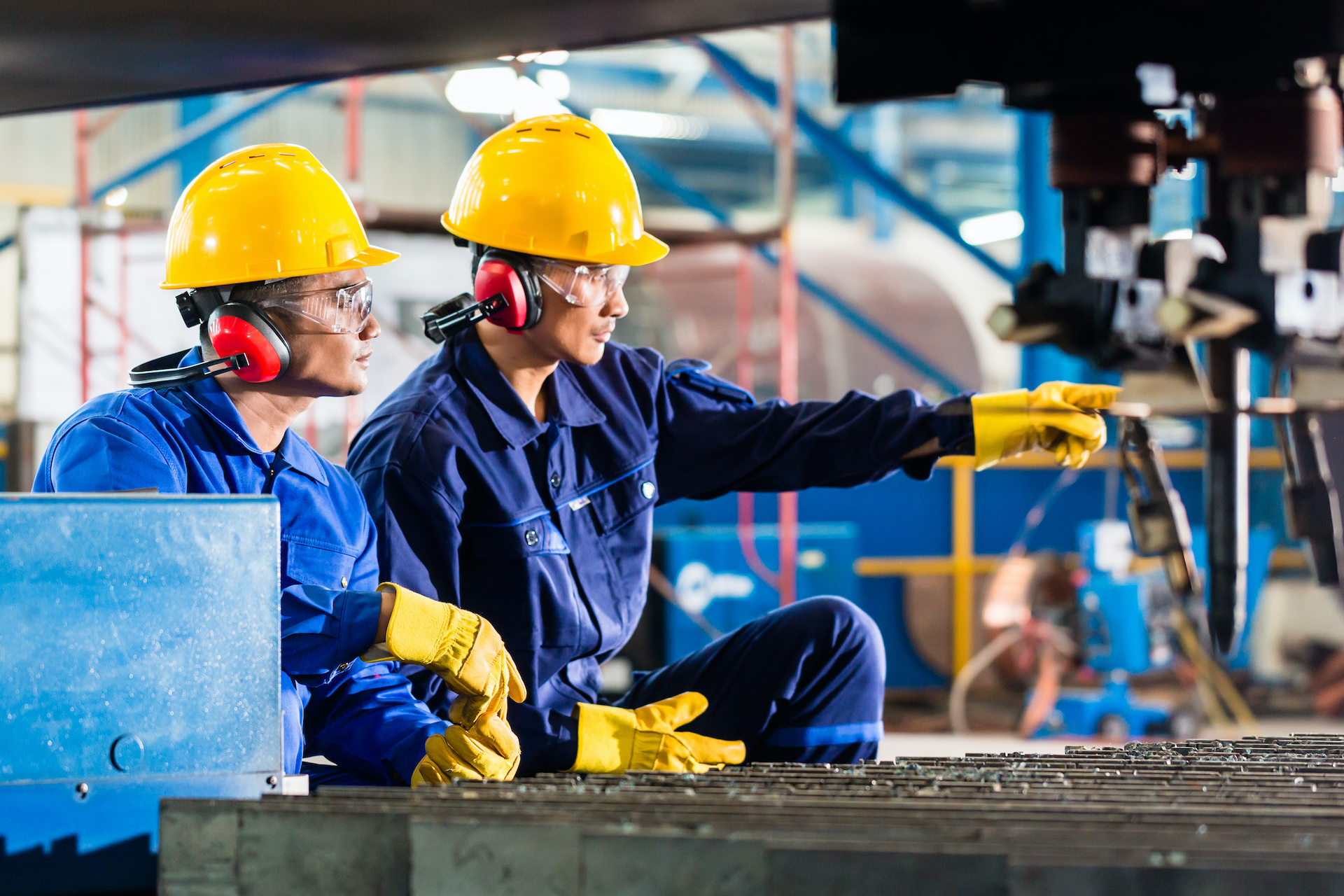IDEC Helps You Build Safety Into Automated Machines and Systems
When building safety into a machine, you simply want the best component to address the risks and hazards. The fast-paced world of industrial automation doesn’t slow down while you investigate various products and the safety standards that pertain to many different regions. That’s why you should choose machine safety products from a company whose innovative products comply with global standards, thereby opening markets and opportunities for your machines.
IDEC’s cost-effective safety products offer advanced features to safeguard machines, protect personnel and monitor systems. All our safety products are designed to meet the latest international safety regulations — and can satisfy the ISO/IEC performance level and defined performance level categories you must meet — so you can focus your time on your work while mitigating risks to people and operations. Highlights of our innovative safety product line include:
- E-stops with exclusive safe break action technology, which reverses the energy direction and uses spring-pressure to guarantee that the NC contacts will open if the emergency switch is damaged or the contact blocks separate due to excessive force.
- Safety laser scanner. Features a long 5.3-meter protection zone and a very wide range of filtering options to detune the scanner or ignore obstacles.
- Interlock switches in a wide variety of sizes, contact arrangements and functions to satisfy a broad range of applications.
- Safety controllers require no programming and can replace up to seven relays to consolidate safety circuits.
- Light curtains, enabling and grip switches, and safety relay modules.
IDEC experts can work with your machine to help suggest the right safety product based on your potential hazards and risks. With over 60 years experience providing control and automation products, IDEC safety products can make sure your personnel, machines and systems are safe and productive.


